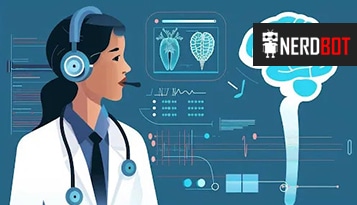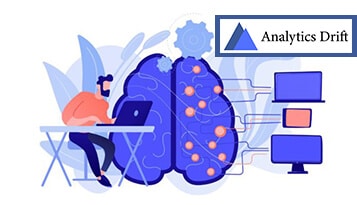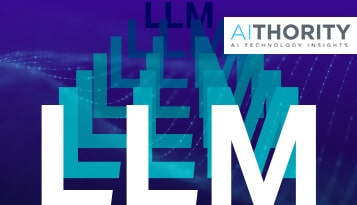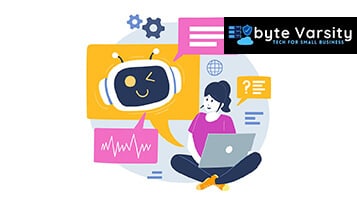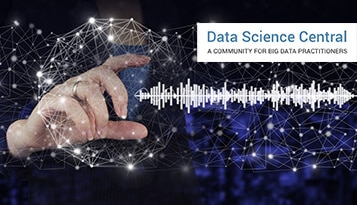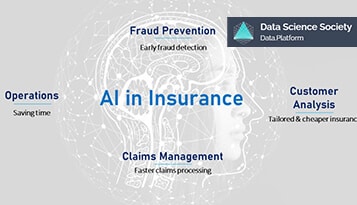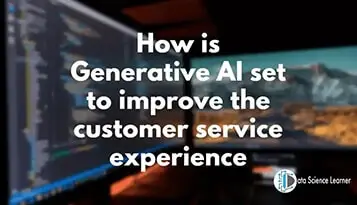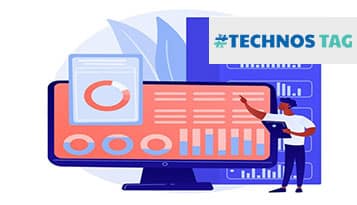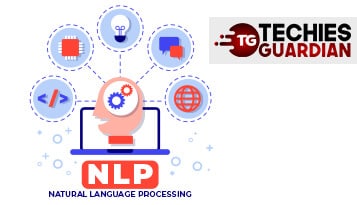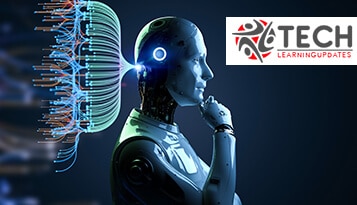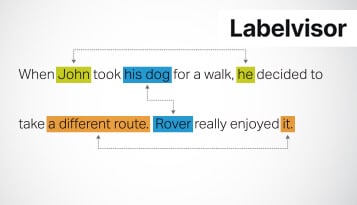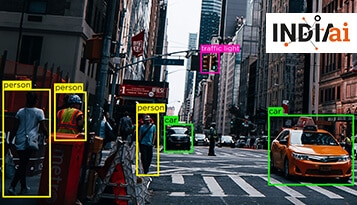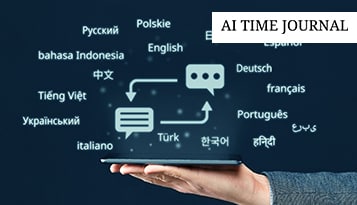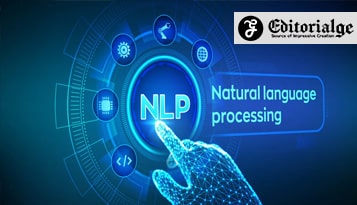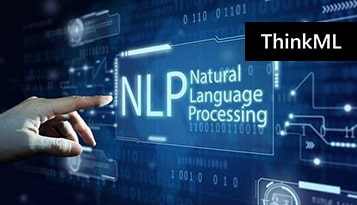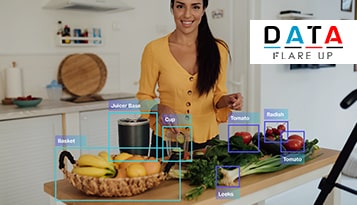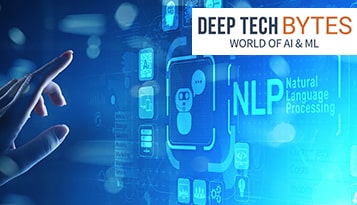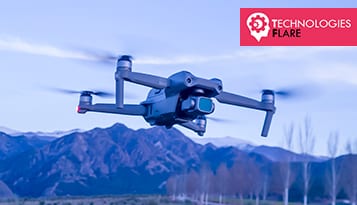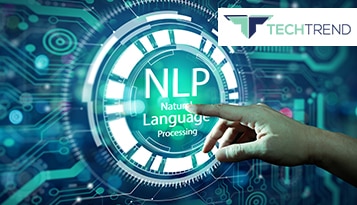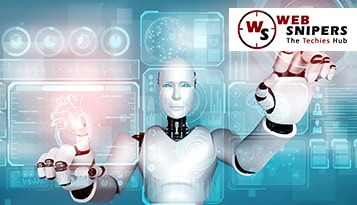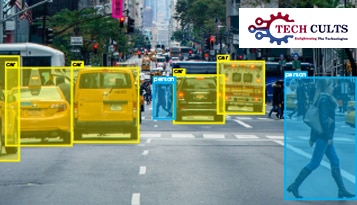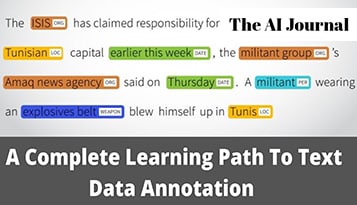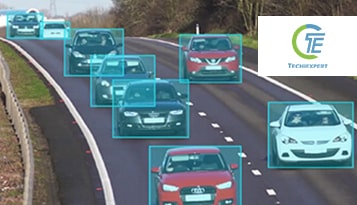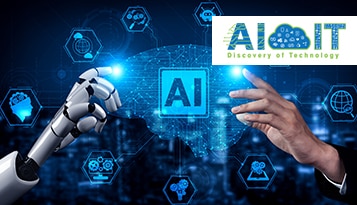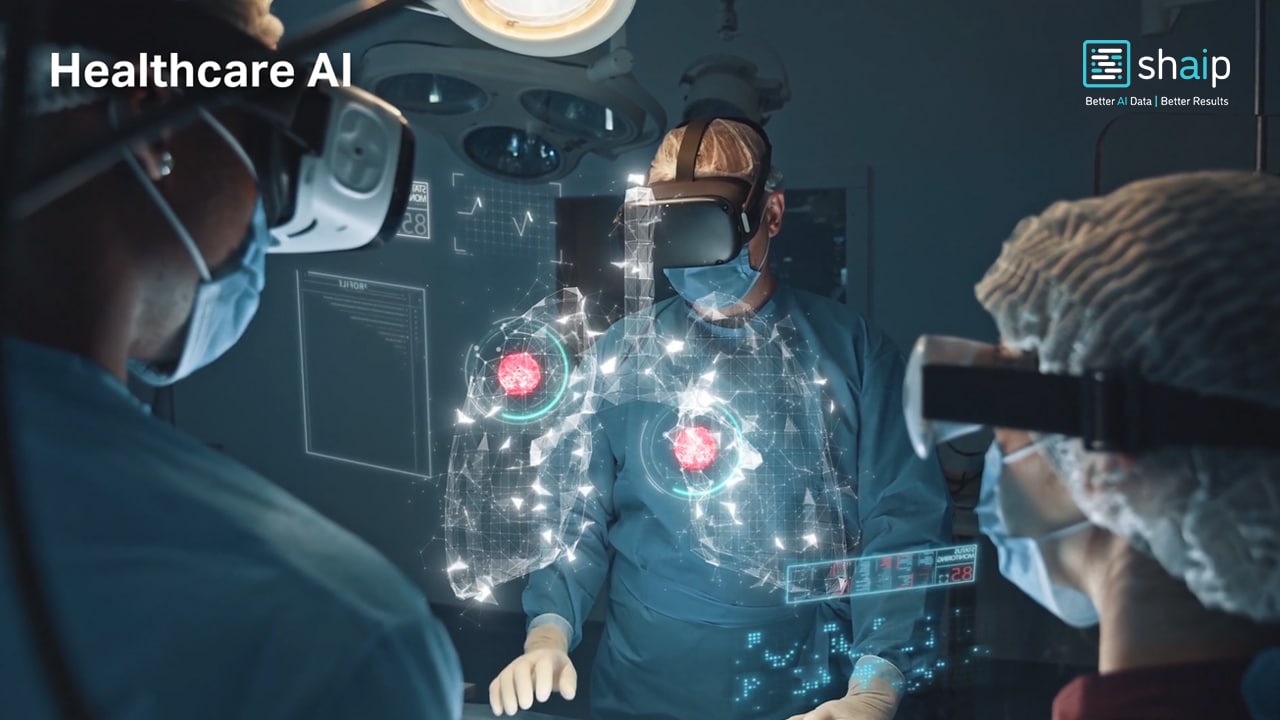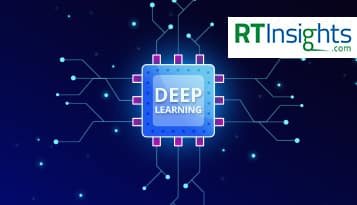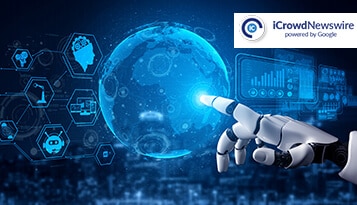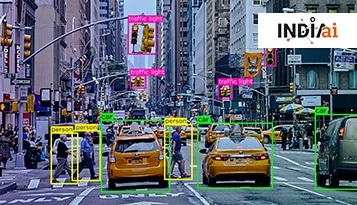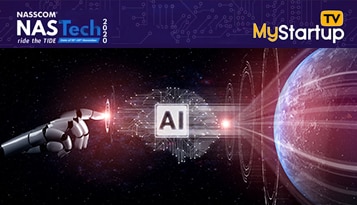Filter By:
Medical Speech Recognition is a powerful tool that enhances efficiency and accuracy in healthcare. By addressing its challenges and leveraging its benefits, MSR can significantly improve patient care and streamline healthcare operations.
Integrating Voice AI can revolutionize your business, offering countless benefits from enhanced customer experiences to a clear competitive edge. As technology advances, Voice AI will become an essential part of future strategies. Now’s the time to explore how it can transform your operations.
As we approach 2025, facial recognition technology stands at the forefront of innovation, with the potential to transform industries. However, balancing these advancements with ethical responsibilities is crucial. By addressing privacy and bias issues, we can harness the full potential of this technology for the greater good.
Data annotation is essential for improving eCommerce performance. Well-annotated data can improve organic visibility, attract more customers, and increase the conversion rate. However, the effectiveness of data annotation is subject to its accuracy and relevance.
Text-to-speech (TTS) data solutions offer multiple advantages. But, their implementation require the provisioning of accurate and expansive data sets. At Shaip, we use expert-curated Text-to-Speech data sets, which can help you build advanced TTS solutions covering global languages.
Large Language Models (LLMs) provide the foundation to build high-quality datasets and ensure that they are then used to create NLP-enabled generative AI models. In a data-driven world, the right training data is crucial to achieve success in all forms.
Building high-quality datasets with LLMs is a transformative approach that combines the power of language models with traditional dataset creation techniques. By leveraging LLMs for data sourcing, preprocessing, augmentation, labeling, and evaluation, researchers can construct robust and diverse datasets more efficiently.
Our labeling services ensure your algorithms are trained with the most precise datasets for a seamless search experience. With airtight quality and validation protocols, we deploy humans in an ecosystem that is designed to make AI better.
AI models can comprehend context more effectively because of customized speech command datasets, improving interactions’ intuitiveness and human-likeness. The AI gets better at identifying and reacting correctly by adding domain-specific commands, regional accents, and industry-specific terms.
One of the best ways to stay ahead of concerns is staying abreast of latest advancements and developments in the LLM space. This is specifically critical with respect to cybersecurity. The wider your understanding of the subject, the more metrics and techniques you can come up with to monitor your models.
If you’re looking for quality datasets to train your models, we recommend getting in touch with us to discuss your scope. We will get started with sourcing and delivering high-quality, customized speech commands datasets for your visions, regardless of the scale of requirement.
This analogy stands valid with respect to its comparison with fire because when fire was discovered, people feared it. They saw fire as apocalyptic, capable of causing destruction. It was only when we as humans worked on domesticating fire that evolution fell in place.

